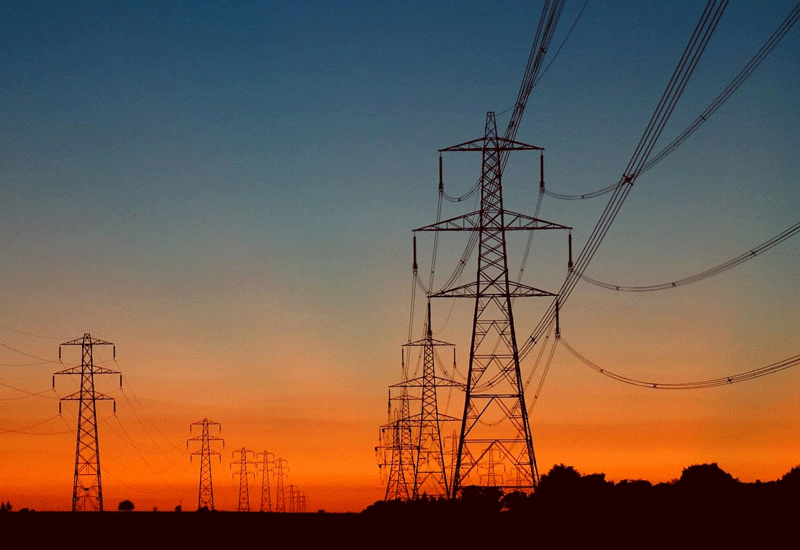Background
Prior to the 2006 war, Lebanon’s electricity sector was in a state of disrepair. The damage to the infrastructure induced by the conflict, which amounted to $114 million, exacerbated its condition. But while the Lebanese Government implemented a series of quick-fix solutions, the sector’s true rehabilitation requires long-term reform.
The electricity supply system is dominated by the state-owned Electricite du Liban (EDL), which is a vertically integrated utility. Its installed generation capacity only meets 85% of the electricity needs, electric interconnections and imports from Syria cover about 10% of the demand and the remaining is being generated by the individual enterprises and commercial facilities.
EDL suffers from poor financial conditions, and is heavily dependent on government budget subsidies for operations and investment. As EDL adopted an electric tariff freeze policy, the government steps in to partially relieve its burdens with the rise in fuel cost; and thus, the power sector is contributing up to an astounding 20% of the national debt burden.
The generation capability itself is characterized by inefficiencies in the power plants and by a lack of available capacity due to aging and unreliable assets. The transmission systems suffer high technical losses (˜ 15%) and the distribution systems from high non-technical losses (˜ 23%), high levels of unbilled electricity consumption and a low collection of electricity bills (˜ 80%).
On top of its ineffective organizational structure, EDL is facing a serious human resources issue with a decrease in its manpower while the number of customers is increasing. The average age of EDL’s personnel is above 51 years and they lack proper qualifications.
The Government of Lebanon was granted multi-million dollar loans in the last sixteen years to reform, restructure as well as to expand electricity transmission. However, the objectives were not completely met and the overall performance of the government was rated highly unsatisfactory. Recent legislations were issued by the Lebanese Parliament (Privatization Law no 228/2000, the law no 462/2002 Organizing the Electricity Sector) and indicated a tendency to promote private sector participation, in line with the international trend. However, no action has been taken so far in that regard.
Since 2000 the Lebanese Parliament issued legislations to promote private sector participation in the electricity sector … No action has been taken so far in that regard.Georges Sassine
Recommendations
The electricity sector reform should adopt the private sector participation which has proven to improve access to public infrastructure services, price and quality.
The private sector participation can take one of many forms but before choosing the most suitable structure there’s a need: First, to develop and establish an efficient regulatory framework that should be governed by an independent and effective regulator. Second, to corporatize the electricity sector which is a prerequisite to any chosen privatization option.
The best privatization option appears to be the unbundling of the Generation from Distribution and to leave Transmission within the government control. The sector needs to be restructured toward a “middle ground” deregulated environment where the regulator controls multiple generators and distributors with one single buyer. This “middle ground” deregulated environment will be an interim step towards an “all level competition” privatization form if seen appropriate later on.
There are no technical barriers to resolve Lebanon’s electricity crisis … reforms can only be meaningful if and only if politicians adopt a serious and determined strategy towards their implementation.Georges Sassine
The Transmission is a natural monopoly and will not be divested in order to remain a neutral ground with open access to all players, which will ensure better competitiveness. The Generation and Distribution on the other hand if split could allow for commercialization of the sector and thus allowing for more competition, an ability to generate profits and thus increase performance, service access, price and quality. The public-private partnership should be properly designed to target poorer population segments and to improve services delivered to them.
A demand-side management strategy should be adopted and the tariff regulation should be amended in a way that would prevent social disturbance and electric bankruptcy. A significant effort should be put in energy efficiency by developing standards, certification and labels, and focusing on public awareness. Renewable and sustainable energies should be encouraged and developed. Solar energy in particular is virtually unexploited and has considerable potential for growth.
This being said, the environmental issue is also important to consider. The Lebanese Government is in the process of adopting the Kyoto Protocol rules and is planning to abide by them.
Conclusion
As outlined earlier, EDL and the Lebanese electricity sector are in significant trouble. In a country where sectarian interests seem to dominate all political and economic decisions, the electricity sector is a highly politicized one. This makes its regulation very hard to reform due to the diversity of stakeholders involved. There are no structural barriers to achieve more efficient public policies, but they can only be meaningful if and only if politicians adopt a serious and determined strategy towards their implementation.


Leave a Reply